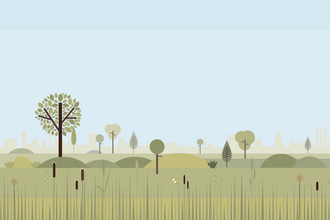Anyone who knows me also knows that I should come with a warning label to anyone who meets me for the first time; ‘Apode and Hirundine crazy lady’.
My unconditional passion for swifts, house martins, and swallows, and their protection and conservation, stems from childhood when, in my native Italy, I used to witness my mum tear down house martin nests with a broom as ‘their poop was really annoying’.
I used to watch in despair and cry each time, and I pledged to somehow help these birds in my future years, as well as swifts and swallows; messengers of spring, and often confused between each other.
Their epic journeys are nothing but extraordinary, covering thousands of miles between Europe and Africa, to come and nest in that very same spot year after year, be it a crevice under our eaves for swifts, or mud cup for house martins and swallows.










